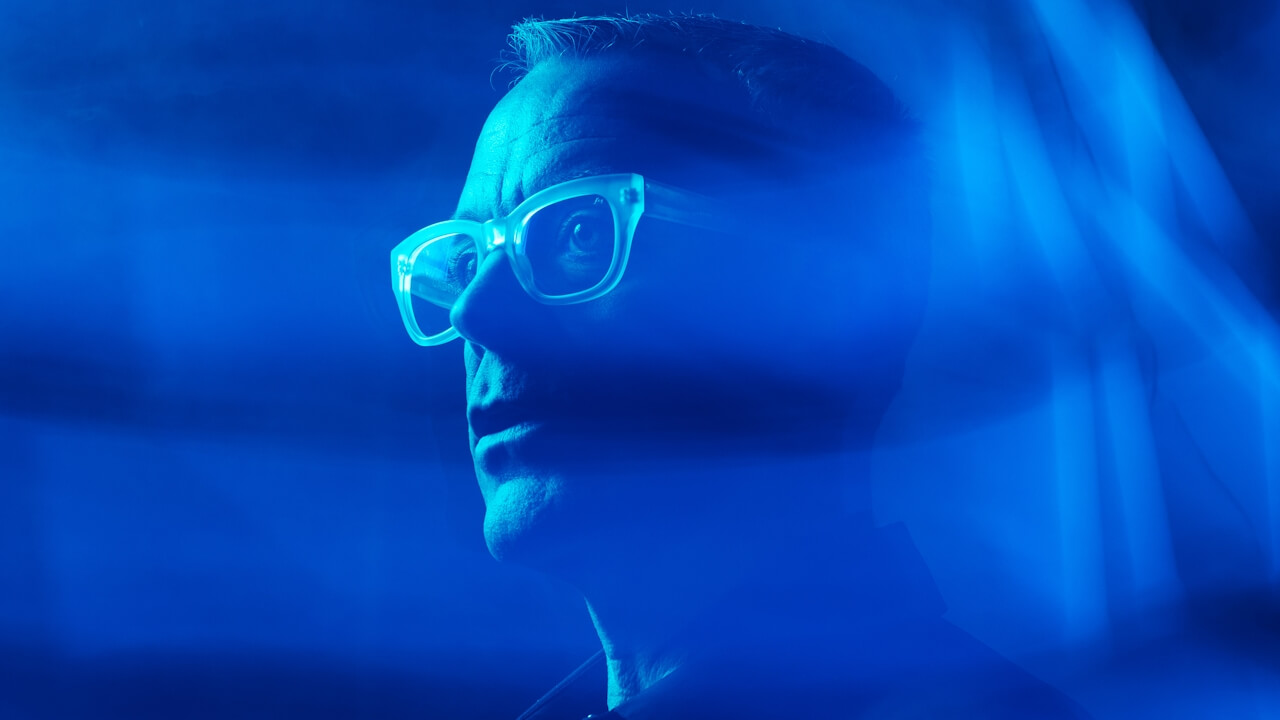I was watching a barista remake the same latte three times yesterday — not because the customer complained, but because she kept apologizing that "it didn't look right." The customer hadn't even seen it yet. That moment perfectly captures what's broken in how we approach brand innovation: we're solving problems nobody asked us to solve while missing the ones staring us in the face.
The empathy gap in modern branding
Most brand innovation starts in the wrong place. We begin with capabilities — what we can build, what technology enables, what competitors are doing. Then we work backwards to justify why people should care. It's like designing a door handle without ever watching someone struggle with groceries.
Human centered branding flips this sequence. It starts with observation, with genuine curiosity about how people navigate their days. Not focus groups or surveys, but actual behavior in context. The messy, irrational, beautifully human way people make decisions.
"The most powerful brand insights come from watching people do things they don't even realize they're doing," says 67961be73378773c7b3d366f.
When Airbnb redesigned their identity, they didn't start with logos or color palettes. They spent months understanding the emotional journey of belonging — from the anxiety of arriving somewhere foreign to the moment a host's smile makes you feel at home. That deep behavioral insight shaped everything from their visual language to their product features.
Beyond personas to actual people
Traditional brand strategy loves its personas. Sarah, 34, urban professional, shops at Whole Foods. But Sarah doesn't exist. She's a composite of assumptions that conveniently fits our business model. Real human centered branding requires us to abandon these comfortable fictions.
Instead, look for behavior patterns that cut across demographics. The way people check their banking app obsessively after making a large purchase. How they screenshot things they'll never look at again. The specific anxiety of choosing a profile photo for a professional platform.
"The best brands don't target audiences — they recognize moments."
Studios like Metabrand explore how identity evolves when you prioritize these behavioral truths over demographic assumptions. It's messier, but it leads to brands that actually resonate rather than just look good in presentations.
The tools are changing, the humans aren't
AI can generate a thousand logo variations in seconds. Design systems can ensure perfect consistency across every touchpoint. But technology can't tell you why someone trusts one brand over another, or why they keep a branded tote bag for years.
The most successful AI-native brands understand this paradox. They use technology to enhance human connection, not replace it. Figma didn't just build better design tools — they recognized that designers desperately wanted to feel less isolated in their work. The multiplayer cursors weren't a feature; they were an acknowledgment of human need.
This is where human centered branding becomes essential. As our tools become more powerful, the brands that win will be those that use that power to address genuine human tensions, not just optimize conversion rates.
Innovation through constraint recognition
Real innovation often comes from acknowledging what people won't do, no matter how much easier you make it. They won't read instructions. They won't remember passwords. They won't change their morning routine for your product.
Spotify's Wrapped campaign succeeds because it recognizes a fundamental human truth: we're all slightly narcissistic about our taste. They didn't try to change this; they celebrated it. That's human centered branding at its finest — meeting people exactly where they are, ego and all.
The same principle applies to visual identity. People won't study your brand guidelines, but they'll instantly recognize when something feels off. They won't memorize your mission statement, but they'll remember how you made them feel during a moment of frustration.
Moving forward with intentional empathy
The future of brand innovation isn't about predicting trends or mastering new platforms. It's about developing deeper empathy muscles — the ability to see past what people say to understand what they actually do and why.
This means spending less time in strategy sessions and more time in the field. Less time perfecting deck templates and more time having awkward conversations with actual users. Less time optimizing for metrics and more time understanding the stories behind those numbers.
The brands that thrive in the next decade won't be the ones with the best technology or the biggest budgets. They'll be the ones that remember there's a human on the other side of every interaction, probably holding too many things, running late, and just hoping something works the way it's supposed to.










